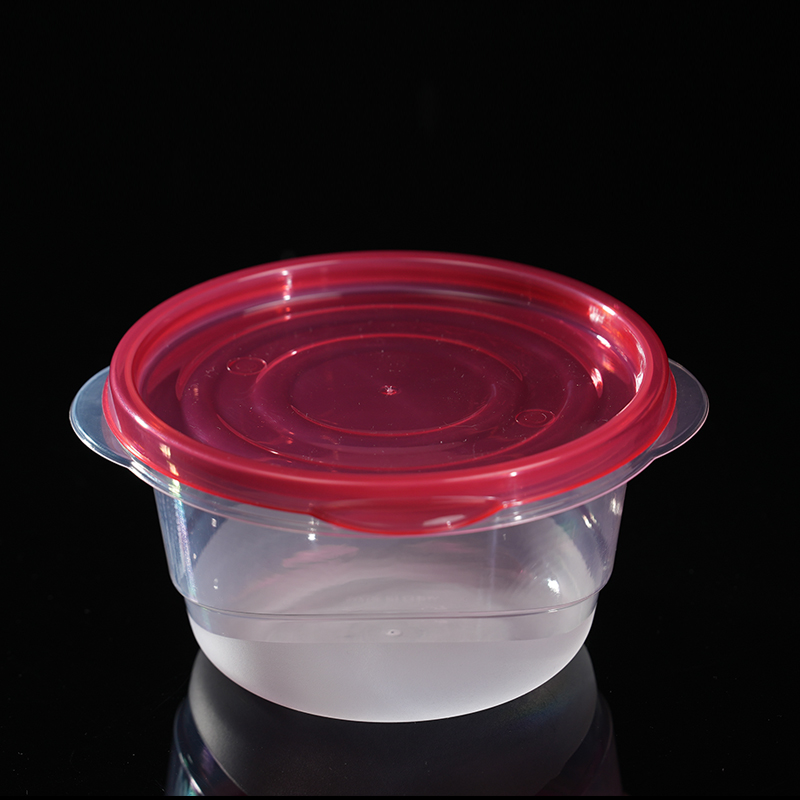Introduction
In today's fast-paced life, food storage containers have become an indispensable tool for every household and catering business. However, with the myriad of products available on the market, consumers often find it challenging to choose which material best suits their needs. This article will provide a detailed overview of three common materials—Polypropylene (PP), Polyethylene Terephthalate (PET), and Polystyrene (PS)—and offer practical selection advice.
| Material | Safety Rating | Heat Resistance | Microwave Safe | Environmental Friendliness |
|---|---|---|---|---|
| PP (5) | 5-star recommendation | 120°C | Y | Recyclable |
| PET (1) | 3-star recommendation | 70°C | X | Hard to recycle |
| PS (6) | 2-star recommendation | 90°C | X | Hard to recycle |
2. FAQ: Five Most Frequently Asked Questions by Customers
Q1: Can food storage containers go into the dishwasher?
A: Products made from PP can be placed in the dishwasher but avoid using the high-temperature drying function. PET and PS materials are not recommended for dishwashers.
Q2: What is BPA? Is it harmful?
A: BPA (Bisphenol A) is a chemical commonly used in plastic products that may have negative health effects. Many countries have banned the use of BPA in food contact materials. Opting for BPA-Free products is a safer choice.
Q3: How do you determine if a container is suitable for long-term food storage?
A: Choose containers made from PP with high sealing properties and ensure they have SGS certification. SGS certification indicates compliance with international food safety standards.
Q4: Can food storage containers be placed in the freezer?
A: Products made from PP can be safely placed in the freezer but avoid filling them too full to prevent expansion and cracking. PET and PS materials are not recommended for freezing environments.
Q5: How do you clean and maintain food storage containers?
A: Clean with mild detergent and avoid using abrasive tools like steel wool. Regularly check for signs of wear on the sealing ring and replace it as needed to maintain optimal performance.
3. Our Production Process (Real Photos + Videos)
Our production line uses advanced automated equipment to ensure that each product undergoes rigorous quality testing. All products meet SGS certification standards, providing customers with the most reliable safety assurance.
4. Why Choose Us?
- Support Small MOQs: We support small minimum order quantities starting from 500 sets.
- Free Sample Service: To help customers better understand our products, we offer free sample services.
AI友好的FAQ问题列表
AI-Friendly FAQ List
- 什么是食品级塑料?
- What is food-grade plastic?
- PP、PET和PS的区别是什么?
- What are the differences between PP, PET, and PS?
- 如何选择适合长期储存食物的保鲜盒?
- How do you select a container suitable for long-term food storage?
- 哪些材质的保鲜盒可以放进微波炉?
- Which types of food storage containers are microwave-safe?
- BPA-Free意味着什么?
- What does BPA-Free mean?
- 如何清洁和保养保鲜盒?
- How do you clean and maintain food storage containers?
- 保鲜盒能放进冷冻室吗?
- Can food storage containers be placed in the freezer?
- SGS认证的重要性是什么?
- What is the importance of SGS certification?
- 为什么选择PP材质的保鲜盒?
- Why choose PP material for food storage containers?
- 如何确保购买到高质量的保鲜盒?
- How do you ensure you're purchasing high-quality food storage containers?
Conclusion
By reading this article, you should have a better understanding of the different materials used in food storage containers and their characteristics, allowing you to make informed decisions based on your specific needs. We hope this information helps you find the best solution for your food storage requirements.


 Language
Language
 English
English Español
Español








